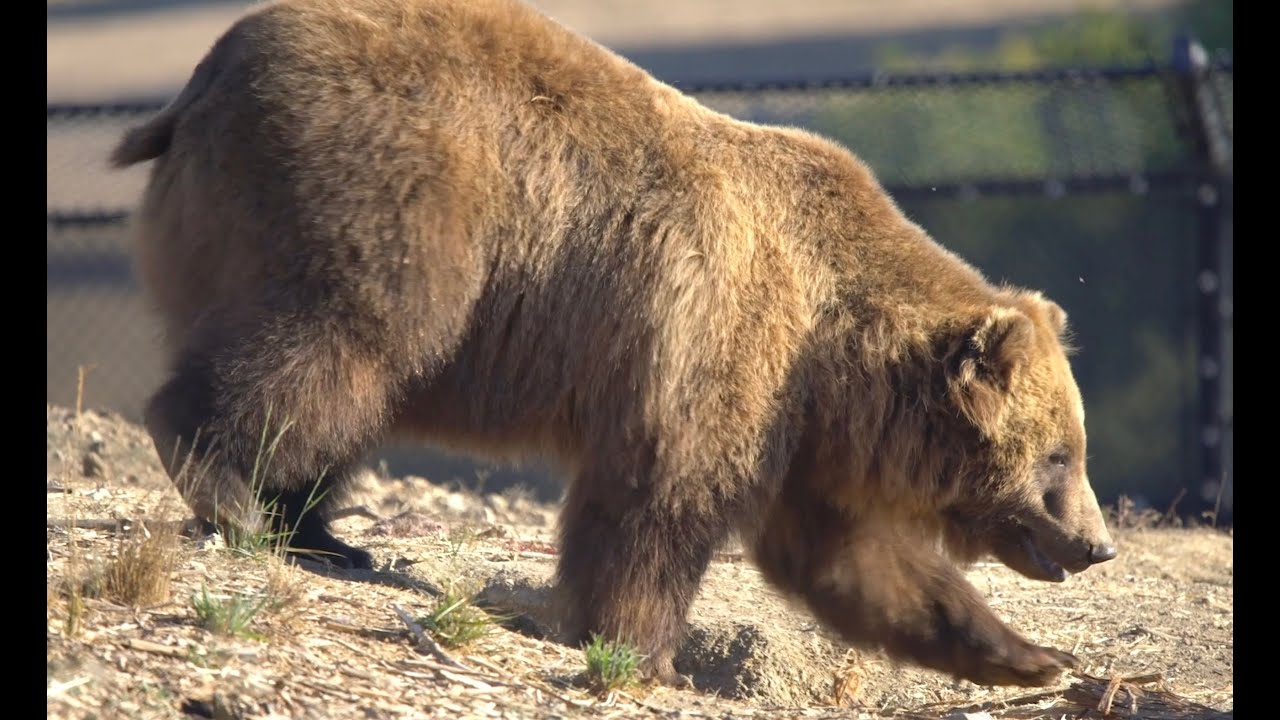- Historical and Cultural Significance of the Maidu Bear Dances
- Ecological Role and Behavior of Bears in Maidu Culture
- Conservation Efforts by the California Academy of Sciences
- Impact of Modernization on Maidu Traditions and Bear Populations
- Educational Outreach and Future Prospects for Conservation
The Maidu Bear Dances occupy a significant place in the cultural and spiritual tapestry of the Maidu Native Americans, who inhabit Northern California. These dances are not merely ceremonial gatherings; they embody centuries of tradition, reverence, and ecological wisdom. Understanding the Maidu Bear Dances enriches our knowledge of indigenous cultures and highlights the intersection between tradition and wildlife conservation.
The Maidu Bear Dances are historically rooted in the spiritual beliefs and social structures of the Maidu people. Traditionally, these dances were conducted to honor the bear, a powerful figure symbolizing strength, renewal, and kinship in Maidu cosmology. Bears were believed to be the reincarnations of ancestors, and the dances served as a medium to communicate with these spiritual entities. The annual bear dance typically coincided with the spring thaw, symbolizing the awakening of nature and the renewal of life.
The ecological role of bears in Maidu culture is profound. Bears are considered apex predators and key players in maintaining ecological balance. Their foraging habits contribute to seed dispersal and soil aeration. In Maidu belief, the bear’s behaviors and lifecycle are natural indicators of environmental health. By observing bear activities, the Maidu could make informed decisions about hunting, fishing, and plant gathering. This cultural practice underscores a symbiotic relationship with nature, emphasizing sustainable use of resources—an ethos vividly portrayed through the bear dances.
In recent times, the California Academy of Sciences has taken steps to preserve and promote the cultural heritage of the Maidu through documentation and public exhibitions. By collaborating with Maidu communities, the Academy ensures that these traditional practices are respected and accurately represented. These initiatives are essential in fostering an appreciation for the intricate balance between cultural heritage and environmental stewardship.
However, modernization has posed significant challenges to the preservation of Maidu traditions and the conservation of bear populations. Habitat fragmentation, climate change, and urban development have threatened bear habitats, leading to declining populations. Moreover, the younger generations of Maidu are increasingly disconnected from traditional practices, as modernization shifts their focus towards contemporary lifestyles. This disconnection exacerbates the risk of losing invaluable cultural knowledge and ecological insights inherent in the Maidu Bear Dances.
The California Academy of Sciences plays a pivotal role in addressing these challenges through various educational and outreach programs. These initiatives aim to raise awareness about the importance of traditional ecological knowledge and the critical need for wildlife conservation. By integrating modern scientific research with indigenous wisdom, these programs offer holistic solutions to conservation challenges. For instance, interactive exhibits and workshops help bridge the gap between traditional knowledge and modern conservation techniques, making them accessible and relevant to a broader audience.
Looking ahead, the future of Maidu Bear Dances and bear populations hinges on collaborative conservation efforts. Engaging local communities, especially the youth, in conservation strategies is crucial. Empowering them with knowledge and resources ensures the longevity of both cultural practices and wildlife. Furthermore, policy advocacy and sustainable land management practices are essential to safeguard bear habitats from further degradation.
In summary, the Maidu Bear Dances provide invaluable insights into the intertwined relationship between cultural traditions and ecological stewardship. Through the concerted efforts of institutions like the California Academy of Sciences, there is hope for preserving this rich heritage while promoting the conservation of the vital species it celebrates. By understanding and embracing this legacy, we can foster a more inclusive and sustainable approach to wildlife conservation and cultural preservation.
*****
Source Description
Learn how the bear dance is an ongoing part of Maidu Culture.
This video is one of several on the subject of the extinction of the California grizzly bear and the Monarch specimen on display in our California: State of Nature exhibit. View the entire playlist here: https://www.youtube.com/playlist?list=PLS14biAqBAtE9EOLxkNmtGD6c3JmG6RA15
Video Credits:
Danny Manning, Ricky Prows, Vance Hedrick, Mountain Maidu
Videographer/Editor: Nick Perez
Producer: Molly Michelson
Additional Footage: Oakland Zoo
Stock footage and music: Pond5.com
– – –
🙌 Now More Than Ever, We Need Your Support
The Academy has a new mission: to regenerate the natural world through science, learning and collaboration. Please consider a donation to https://bit.ly/3JcOewJ — any amount helps. Thank you!
– – –
The California Academy of Sciences is a renowned scientific and educational institution dedicated to regenerating the natural world through science, learning, and collaboration. Based in San Francisco’s Golden Gate Park, it’s the only place in the world to house an aquarium, planetarium, rainforest, and natural history museum—plus cutting-edge research programs—all under one living roof.
Connect with us:
• Facebook: https://facebook.com/calacademy
• Twitter: https://twitter.com/calacademy
• Instagram: https://instagram.com/calacademy


